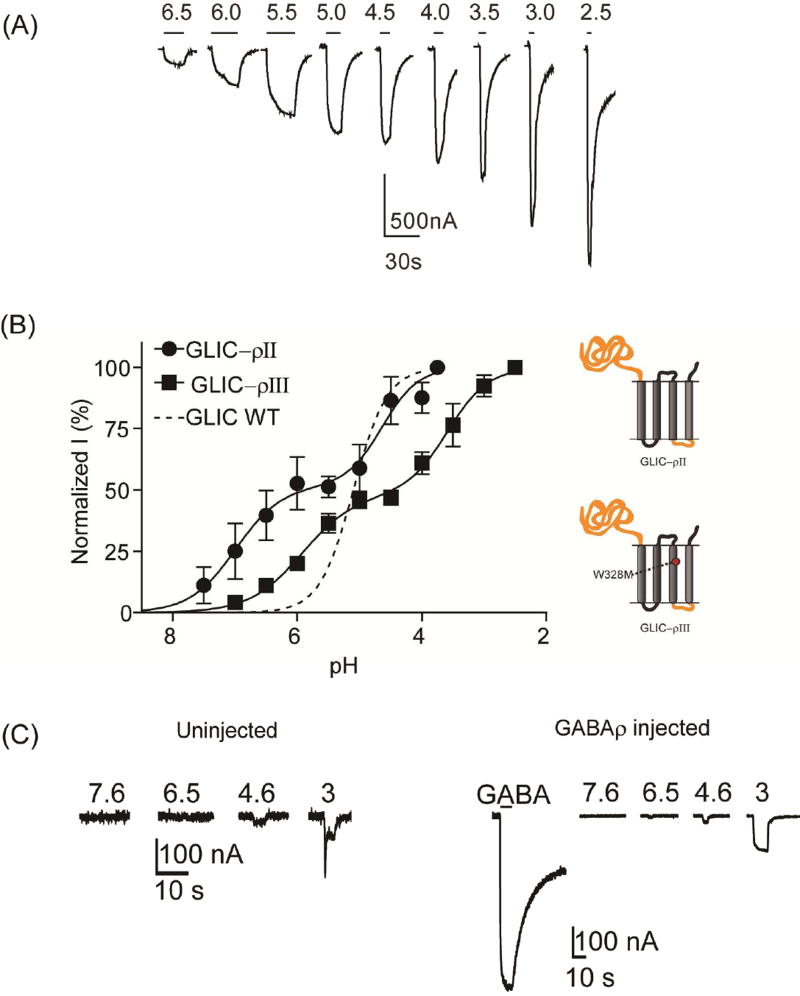Figure 2. GLIC-ρ chimeric channels conduct Cl−.
(A) Left, pH 3 induced currents from an oocyte expressing GLIC-ρII measured at different voltages; right, Current-voltage (I–V) plots for GLIC–ρII (●) GLIC WT (□), GABAρ (Δ), and GLIC-ρII leak currents (○). Reversal potentials measured were: GLIC-ρ II: −34 ± 2 (n=5), GLIC: −1.2 ± 4 mV (n=4); GABAρ: −28 ± 2 (n=4), and GLIC-ρII leak currents: −32 ± 5 mV, (n=6). Data are mean ± SEM. A one-way ANOVA with post hoc Tukey test showed that reversal potentials of GABAρ, GLIC-ρII and GLIC-ρII leak current were significantly different from GLIC (p<0.01) and that GABAρ, GLIC-ρII and GLIC-ρII leak current reversal potentials were not statistically different from each other (p>0.5). (B) Current-voltage (I–V) plots for GLIC–ρIII measured in presence of 96 mM NaCl (■) and 96 mM NaGluconate (◆). Replacing Cl− with the less permeable gluconate right shifted Erev to +13 mV as expected for a Cl−-conducting channel.

